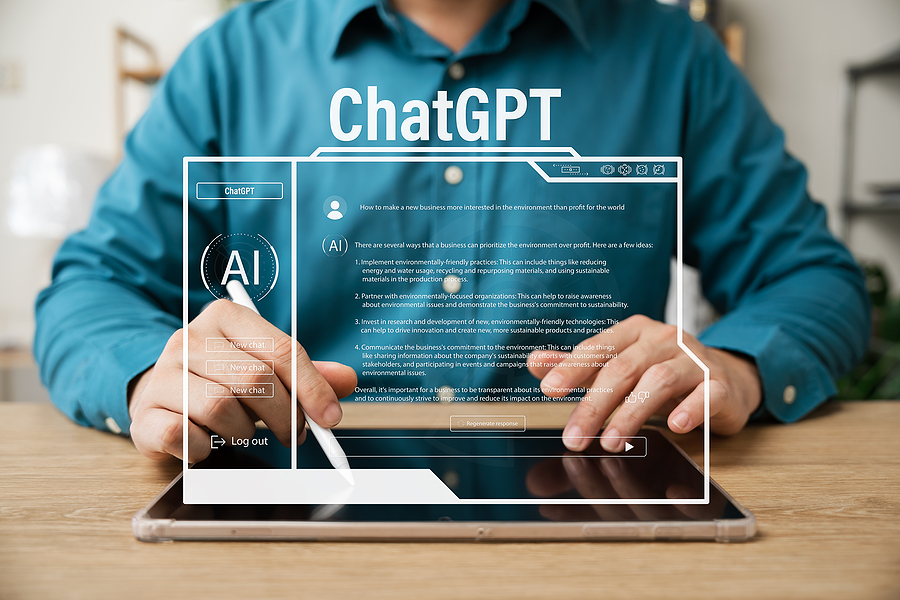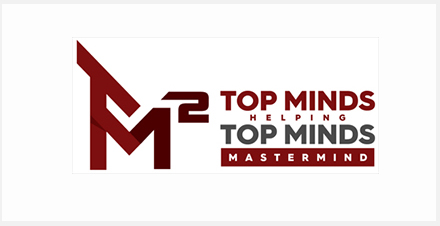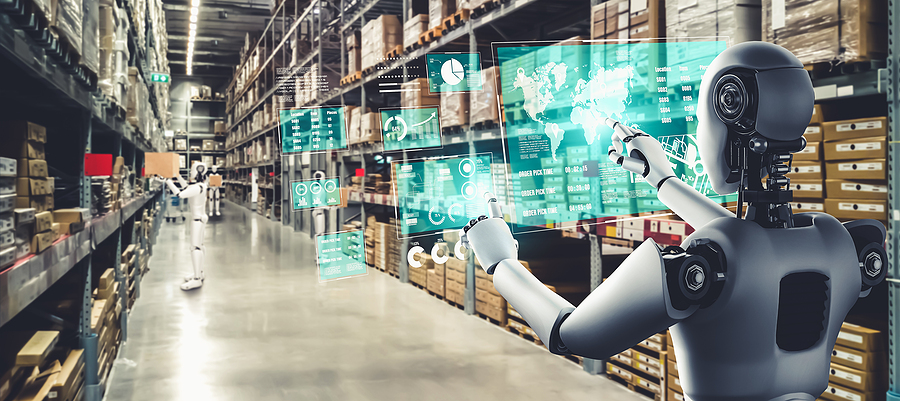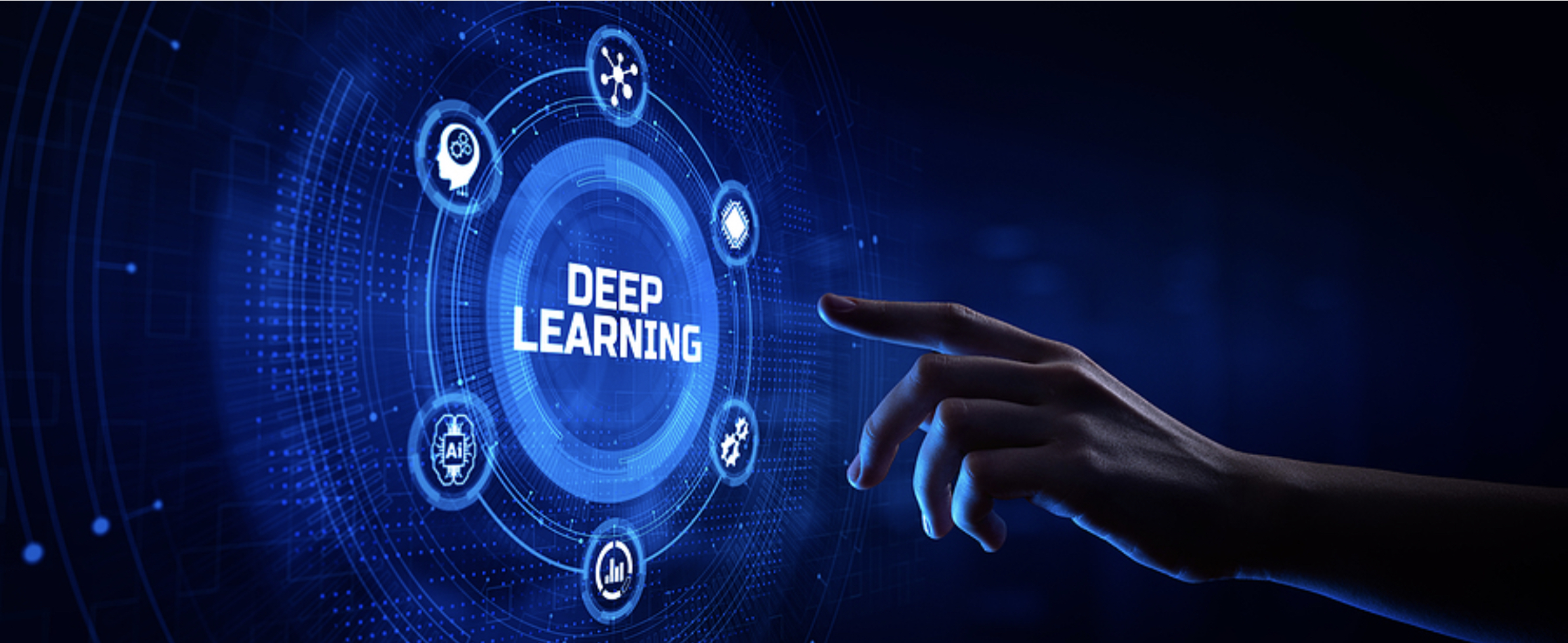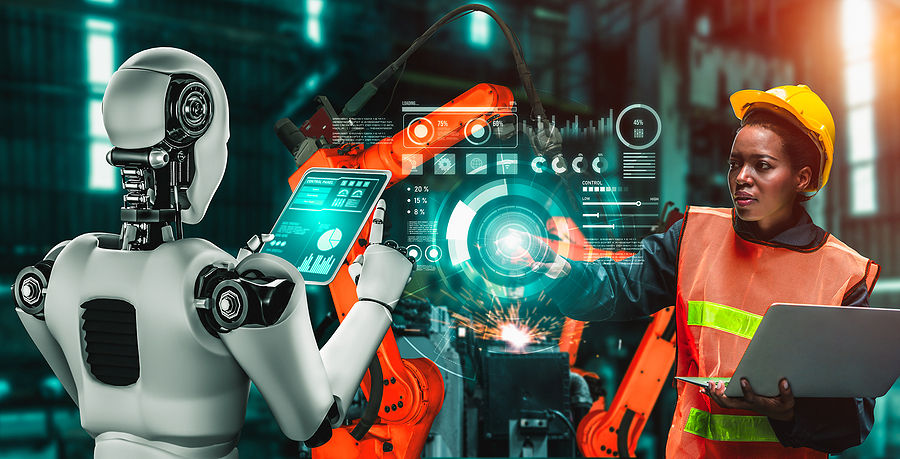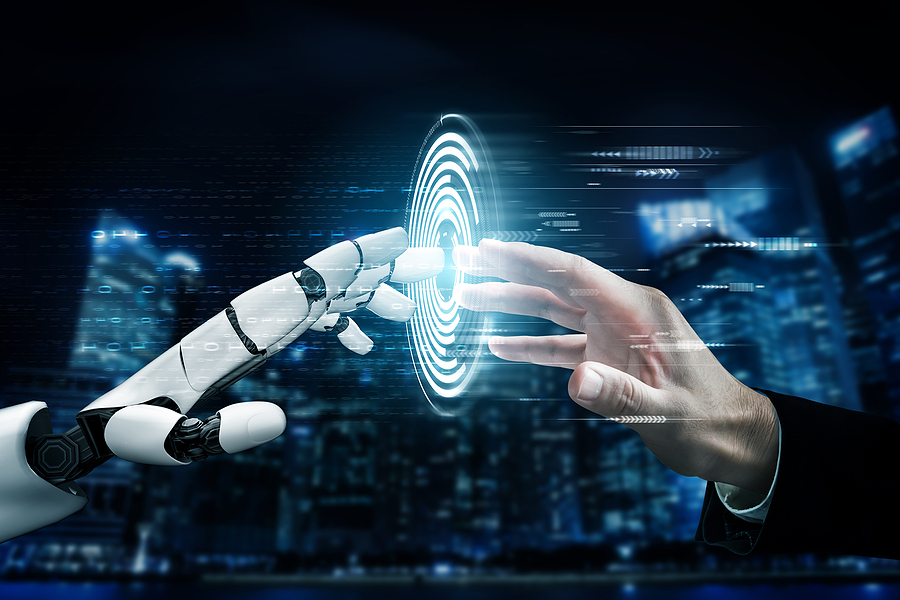Artificial Intelligence is one of the most exciting topics in technology today, and it’s rapidly growing with new developments every year. As a businessperson, staying updated with the latest knowledge and understanding of AI is essential for you. Reading books is an excellent way to learn and gain new insights into Artificial Intelligence.
According to a report by McKinsey & Company, artificial intelligence (AI) has the potential to create significant value across a range of industries, with an estimated global impact of $13 trillion by 2030. The report highlights that AI adoption has the potential to improve productivity, reduce costs, and increase revenue, with industries such as healthcare, retail, and financial services poised to benefit the most from AI adoption.
One example of AI in action is using chatbots in customer service. These AI-powered tools can answer common customer queries, provide product recommendations, and even process orders. They free up human agents to focus on more complex customer issues and can improve overall customer satisfaction.
Chatbots are a key example of AI in action, particularly in customer service. These AI-powered tools are becoming increasingly popular with businesses of all sizes as they can provide 24/7 customer support and simultaneously handle multiple customer inquiries. Chatbots use natural language processing and machine learning to understand customer queries and provide relevant responses.
The Top 10 Books You Need to Read on Artificial Intelligence:
- “Artificial Intelligence: A Modern Approach” by Stuart Russell and Peter Norvig. This book is a thorough introduction to the field of AI, covering all the fundamental concepts and techniques.
- “The Master Algorithm” by Pedro Domingos. In this book, the author explains the idea of a “master algorithm” that can learn anything and revolutionize how we work with AI.
- “Superintelligence: Paths, Dangers, Strategies” by Nick Bostrom. This book explores the possibilities and risks of creating superintelligent AI and guides how to ensure it is safe and beneficial.
- “Human Compatible: Artificial Intelligence and the Problem of Control” by Stuart Russell. The author explores how to ensure that AI systems remain aligned with human values and objectives and how to prevent them from becoming a threat.
- “Prediction Machines: The Simple Economics of Artificial Intelligence” by Ajay Agrawal, Joshua Gans, and Avi Goldfarb. This book explains how AI is changing the way we make predictions and provides insights into the economics of AI.
- “Machine Learning: A Probabilistic Perspective” by Kevin Murphy. This book is an excellent introduction to machine learning, providing a comprehensive overview of the field and its applications.
- “Deep Learning” by Yoshua Bengio, Ian Goodfellow, and Aaron Courville. This book provides a comprehensive introduction to deep learning, one of the most exciting areas of AI today.
- “The Hundred-Page Machine Learning Book” by Andriy Burkov. This book delivers a concise and accessible introduction to machine learning and is an excellent resource for beginners.
- “The Singularity Is Near: When Humans Transcend Biology” by Ray Kurzweil. In this book, the author predicts that AI will surpass human intelligence in the near future and explores the implications of this.
- “Life 3.0: Being Human in the Age of Artificial Intelligence” by Max Tegmark. This book explores the implications of AI for humanity and provides insights into how we can ensure a positive future with AI.
The top 10 books on Artificial Intelligence offer a range of benefits for readers, including:
- Deeper understanding: The books give readers a more profound experience of AI, its capabilities, and its potential impact on various industries.
- Practical insights: The books offer useful insights into leveraging AI effectively and ethically in business operations, decision-making, and strategy.
- Latest developments: The books keep readers up-to-date on the latest developments and trends in AI, including breakthroughs in deep learning, natural language processing, and computer vision.
- Case studies: The books provide case studies and real-world examples of how businesses have successfully integrated AI into their operations, providing inspiration and guidance for readers.
- Different perspectives: The books cover different perspectives on AI, including technical, business, and ethical considerations, providing readers with a well-rounded understanding of the topic.
- Learn from experts: The books are written by experts in AI, providing readers with access to their knowledge and experience.
- Competitive advantage: The books can give readers a competitive advantage in their industry by helping them stay ahead of the curve on the latest AI developments.
In conclusion, these are the top 10 books every businessperson should read to understand AI and its potential impact on their business. Whether you are just starting or an expert in the field, these books will provide valuable insights into AI.


